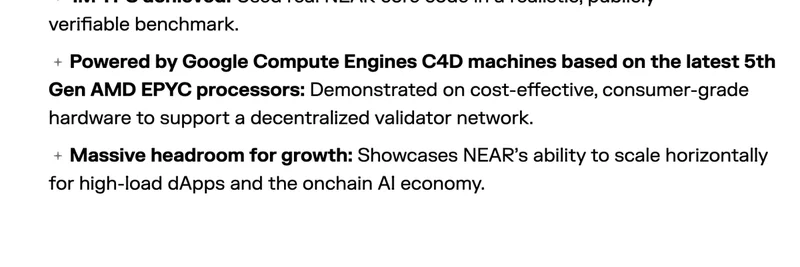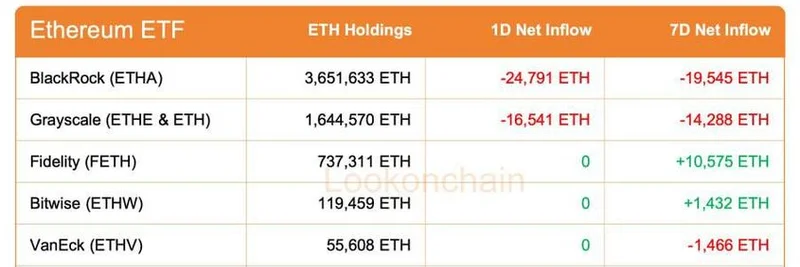Hey there, Meme Insider fans! If you’ve been scrolling through X lately, you might’ve stumbled across a quirky post by @redactedrain that’s got people talking. The tweet simply asks, “Why do they call it brainrot education? It’s microlearning.” At first glance, it’s a playful jab, but dig a little deeper, and you’ll find a fascinating clash of ideas about how we learn in the digital age. Let’s break it down!
What’s Brainrot Education, Anyway?
The term “brainrot” has been buzzing around online spaces, even earning a spot as Oxford’s Word of the Year. It’s slang for the supposed mental fog that comes from bingeing low-effort, short-form content—like TikTok videos or meme reels. But when paired with “education,” it takes on a new twist. Some folks online are calling bite-sized, trendy learning content (think TikTok-style lessons) “educational brainrot.” It’s a cheeky way to describe lessons that are quick, engaging, and maybe a little silly, but still pack a punch of knowledge.
For example, tools like PDF To Brainrot turn dry PDFs into fun, video-based snippets with calming visuals like paint mixing or Minecraft gameplay. It’s learning with a meme twist—perfect for the internet generation!
Microlearning: The Brainrot Cousin?
So, what’s microlearning? It’s the fancy term for short, focused lessons—usually under 20 minutes—that zero in on one topic. Think of it like a snack instead of a full meal. Research from Wikipedia shows it can boost exam pass rates by up to 18% and build learner confidence. Plus, a study on ScienceDirect found that two-thirds of microlearning participants feel satisfied with their progress.
But here’s the catch: @redactedrain suggests microlearning might just be a rebranded version of “brainrot education.” Both rely on quick, digestible content. The difference? Microlearning is structured and goal-oriented, while brainrot often feels random and entertainment-driven. Still, the line between them is blurry—especially when educational tools start mimicking viral trends.
The Gen Z Connection
This debate ties right into how Gen Z and Gen Alpha consume info. With attention spans shrinking (thanks, TikTok!), short-form learning fits their vibe. Terms like “skibidi” or “rizz” from internet slang are creeping into education, as seen in a wild political speech mentioned on Wikipedia. It’s chaotic, but it works for some. Could this be the future of learning, or just a passing fad?
The Pros and Cons
Let’s weigh it out:
- Pros: Quick lessons are easy to fit into busy schedules. They’re fun and can reinforce basics, much like Seturon suggests with “educational brainrot.”
- Cons: Skimming the surface might leave out deep understanding. If every lesson is a 60-second clip, are we missing the big picture?
What Does 2025 Hold?
As of July 2025, this trend is heating up. With blockchain and meme token communities (like those we cover at Meme Insider) embracing short-form content to explain complex tech, the brainrot vs. microlearning debate could shape how we onboard new practitioners. Imagine learning about a new meme coin through a 30-second video—wild, right?
So, is “brainrot education” a breakthrough or just a buzzword? @redactedrain’s tweet sparks a fun question, and the answer might depend on how we balance engagement with depth. What do you think—drop your thoughts in the comments! And hey, if you’re into meme tokens or digital culture, stick with us at Meme Insider for more juicy insights.


